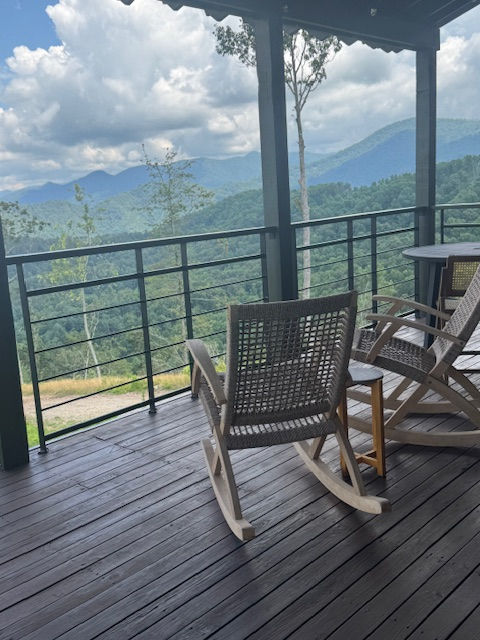Movement & Mindfulness for Parkinson’s: A Natural Approach That Works
- Rachel Canale
- Jun 1
- 2 min read
Updated: Jun 4

Parkinson’s disease (PD) presents unique challenges, but with the right tools and support, individuals can lead fulfilling lives. Integrating practices like Pilates, yoga, mindfulness, and Ayurveda offers a comprehensive approach to managing symptoms and enhancing well-being.
Understanding Parkinson’s Disease
PD is a progressive neurological disorder characterized by motor symptoms such as tremors, rigidity, and bradykinesia, as well as non-motor symptoms like sleep disturbances, anxiety, and depression. While medications play a crucial role in symptom management, complementary therapies can significantly improve quality of life.
1. Movement That Makes a Difference: Pilates and Yoga
Pilates and yoga are two of the most supportive ways to feel stronger and more balanced.
Pilates: Enhancing Stability and Mobility
Pilates focuses on core strength, flexibility, and controlled movements, making it particularly beneficial for those with PD. Its emphasis on posture and balance can help counteract the postural instability common in PD patients. Moreover, the adaptability of Pilates exercises allows for modifications to accommodate varying levels of mobility and fatigue.

Spinal mobility in seated or lying positions
Strengthening feet and ankles for better stability
Breath-led core work for focus and control
Yoga: Cultivating Mind-Body Awareness
Yoga combines physical postures, breathing techniques, and meditation to promote overall well-being. For individuals with PD, yoga can improve flexibility, balance, and strength, while also addressing non-motor symptoms such as anxiety and depression. Mindfulness-based yoga practices have been shown to enhance emotional regulation and reduce stress
Gentle Poses: To release stiffness and encourage movement
Breathing Exercises: To quiet the mind and improve energy
Guided Relaxation (Yoga Nidra): Deeply healing and restful
These tools help reduce anxiety, ease isolation, and support better sleep and body awareness.
2. Mindfulness to Feel More in Control
Parkinson’s can feel overwhelming. Mindfulness gives you a moment to pause and reconnect. It helps shift the focus from fear to presence.
Try:
Body scans and deep breathing
Journaling with gentle prompts
Spending a few minutes outside every day
These small, steady habits offer a sense of calm and help you feel more grounded—even when things feel uncertain.
3. Gentle Daily Practices from Ayurveda
Ayurveda is a natural system of wellness from India that looks at the whole person—body, mind, and spirit. It sees Parkinson’s as a condition where the body’s energy of movement becomes overstimulated. This can lead to shakiness, stiffness, anxiety, and digestive issues.
To calm and support the nervous system, Ayurveda suggests simple daily rituals:

Warm Oil Massage (Abhyanga): Soothes the body and steady the nerves
Warm, Nourishing Foods: Think stews, root vegetables, ghee, and mild spices
Adaptogenic Herbs: Like Ashwagandha and Brahmi to support clarity and calm (check with a qualified practitioner)
Steady Routines: Going to bed, eating, and waking at the same time each day helps the body feel safe and supported
These are small acts of care that restore balance and ease.
Final Thoughts: You Deserve to Feel Better

There’s no one-size-fits-all solution to living with Parkinson’s, but that doesn’t mean there’s no support. Small, intentional changes—whether through movement, breath, routine, or nourishment—can build a greater sense of steadiness, strength, and peace over time.
Whether you’re just beginning to explore holistic tools or deepening an existing practice, know that healing is not just possible—it’s personal, and it’s yours to shape.




Comments